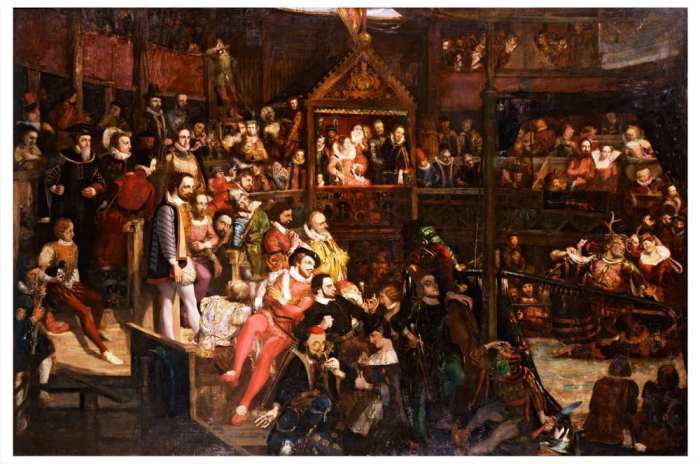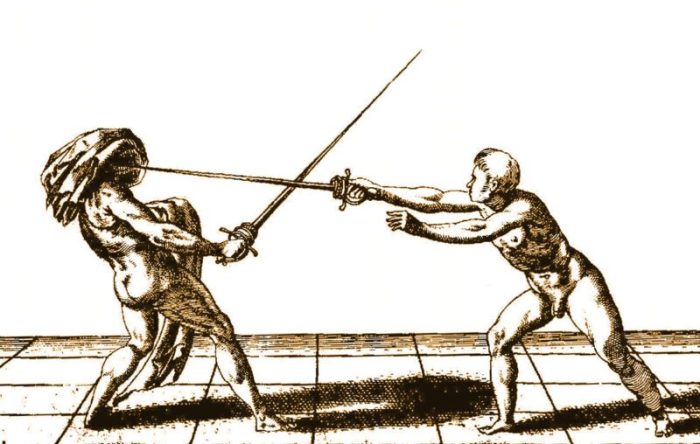Embarking on an exploration of sports and recreation in the Elizabethan era, this essay unveils a captivating tapestry of courtly pursuits, rural pastimes, theatrical spectacles, and recreational spaces that shaped the social and cultural landscape of the time.
From the chivalrous jousts of the elite to the lively footraces enjoyed by the common folk, Elizabethan England was a vibrant hub of sporting activities that mirrored the societal values and aspirations of the period.
Courtly Pursuits: Sports And Recreation In The Elizabethan Era

Jousting, a martial sport involving knights on horseback, played a significant role in Elizabethan society. It showcased the elite’s military prowess and chivalry, while also providing entertainment. Other popular courtly sports included archery, tennis, and dancing. Hunting, reserved for the nobility, was not only a pastime but also a means of acquiring food and maintaining the ecosystem.
Jousting
Jousting was a highly competitive and dangerous sport. Knights would charge at each other with lances, attempting to unhorse their opponent. It required exceptional skill, horsemanship, and courage. The winner was often rewarded with fame, honor, and the admiration of the court.
Other Courtly Sports
Archery, a test of precision and accuracy, was popular among the nobility and commoners alike. Tennis, played with rackets and a ball, was another favorite pastime. Dancing, an elegant and graceful activity, was often performed at courtly balls and other social events.
Hunting
Hunting was a major pastime for the Elizabethan elite. It provided them with food, entertainment, and a sense of accomplishment. The most popular quarry included deer, boar, and rabbits. Hunting was also used as a form of pest control and to maintain the balance of the ecosystem.
Rural Pastimes

The common people of Elizabethan England enjoyed a variety of traditional sports and games. These activities provided entertainment, socialization, and a sense of community.
Archery Competitions
Archery competitions were popular throughout the country. Archers would compete for prizes and bragging rights. The sport required skill, strength, and concentration. It was also an important military skill, as archery was used in warfare.
Footraces
Footraces were another common pastime. These races were often held at fairs and other public gatherings. Runners would compete for prizes and the admiration of the crowd. Footraces tested speed, endurance, and agility.
Social and Cultural Importance
Rural pastimes played a vital role in Elizabethan society. They provided entertainment, socialization, and a sense of community. They also helped to maintain physical fitness and skills that were essential for survival in a pre-industrial world.
Theatre and Spectacle

Theatre was a popular form of entertainment in Elizabethan England. Plays were often performed at court, in public playhouses, and on tour throughout the country.
The Role of Theatre
Theatre provided entertainment, education, and social commentary. Plays often addressed contemporary issues, such as politics, religion, and morality. They also provided a way for people to escape from the everyday realities of life.
Bear-baiting and Animal Sports
Bear-baiting and other animal sports were popular spectacles in Elizabethan England. These events involved pitting animals against each other in a fight to the death. They were often attended by large crowds and provided a sense of excitement and danger.
Social and Cultural Values
Theatre and animal sports reflected the social and cultural values of Elizabethan England. They provided entertainment and spectacle, but they also served as a form of social control. The authorities used these events to keep the population entertained and distracted from more serious issues.
Recreational Spaces
Elizabethan England had a variety of recreational spaces, each with its own unique features and purposes.
| Type of Space | Features | Purpose |
|---|---|---|
| Parks | Large, open spaces with trees, lawns, and ponds | Hunting, walking, relaxing |
| Gardens | Enclosed spaces with flowers, herbs, and other plants | Relaxing, strolling, enjoying the outdoors |
| Taverns | Public houses serving food and drink | Socializing, drinking, gambling |
Social and Cultural Significance
Recreational spaces played a vital role in Elizabethan society. They provided places for people to relax, socialize, and enjoy themselves. They also helped to shape the social and cultural landscape of the time.
Influence on Modern Sports

Elizabethan sports have had a significant influence on the development of modern sports.
Comparison and Contrast
Many modern sports have their roots in Elizabethan pastimes. For example, jousting evolved into modern equestrian sports such as show jumping and dressage. Archery and footraces are still popular competitive sports today.
Legacy of Elizabethan Recreation, Sports and recreation in the elizabethan era
The legacy of Elizabethan recreation can be seen in the many sports and activities that we enjoy today. The emphasis on competition, skill, and entertainment that characterized Elizabethan sports continues to shape modern sporting culture.
Helpful Answers
What was the most popular sport among the Elizabethan elite?
Jousting was the most prestigious and popular sport among the Elizabethan elite, showcasing their martial prowess and social status.
How did rural sports differ from courtly sports?
Rural sports were typically more traditional and communal, involving activities like archery competitions, footraces, and wrestling, which were enjoyed by people of all social classes.
What role did theatre play in Elizabethan recreation?
Theatre was a beloved form of entertainment for all levels of society, offering a wide range of plays, from comedies and tragedies to historical dramas, which provided social commentary and moral lessons.